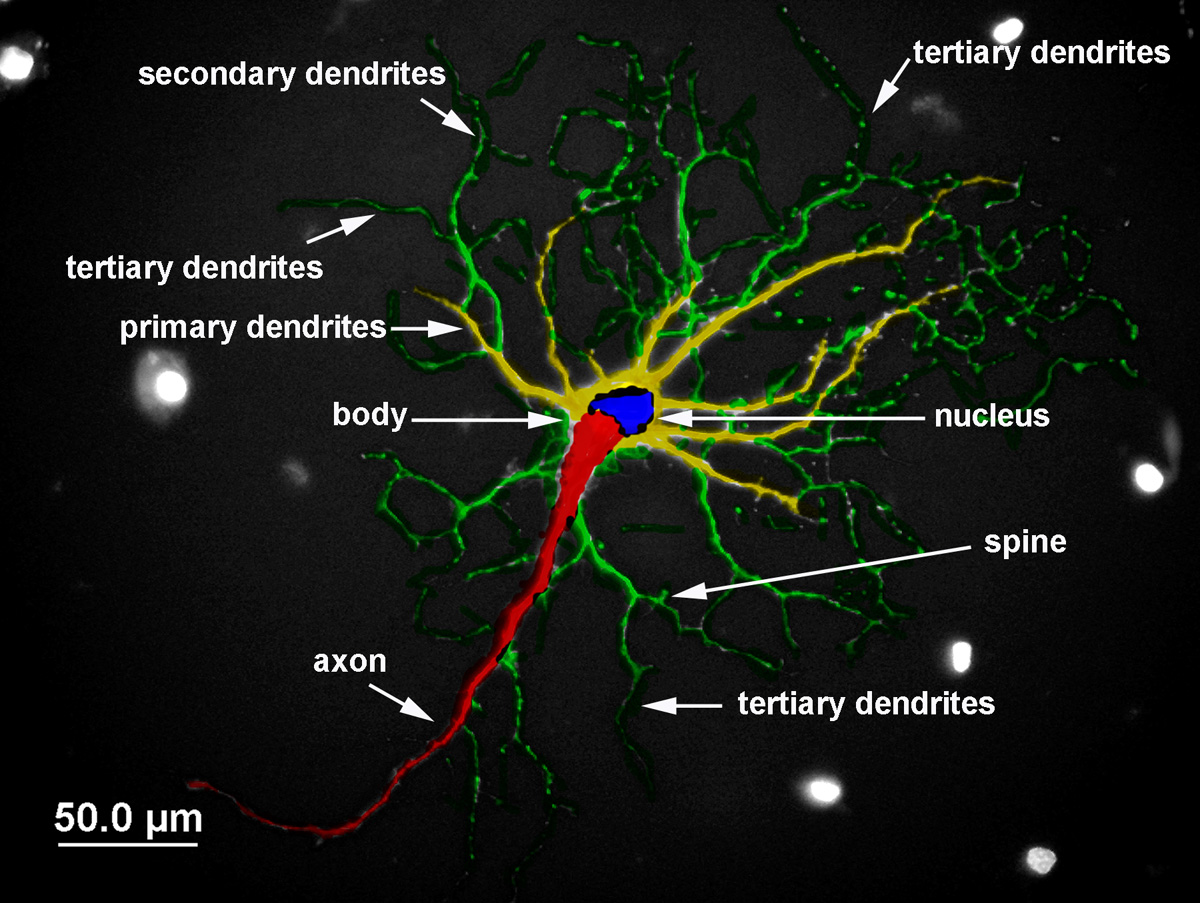
This result meant that a system with a steady needle growth solution necessarily needed to have some type of anisotropic surface tension. Through this they found that the problem for isotropic surface tension had no solutions.

Microscopic solvability condition Ī decade later several groups of researchers went back to the Nash-Glicksman problem and focused on simplified versions of it. At the time however Langer and Müller-Krumbhaar were unable to obtain a stability criterion for certain growth systems which lead to the MSH theory being abandoned.

They claimed a system would be unstable for small σ causing it to form dendrites. This hypothesis used a stability parameter σ which depended on the thermal diffusivity, the surface tension and the radius of the tip of the dendrite. In the following two years Glicksman improved the numerical methods used, but did not realise the non-linear integro-differential equation had no mathematical solutions making his results meaningless.įour years later, in 1978, Langer and Müller-Krumbhaar proposed the marginal stability hypothesis (MSH). This became known as the maximum velocity principle (MVP) but was ruled out by Glicksman and Nash themselves very quickly.

However they only found an inaccurate numerical solution close to the tip of the needle and they found that under a given growth condition, the tip velocity has a unique maximum value. The first theory for the creation of these patterns was published by Nash and Glicksman in 1974, they used a very mathematical method and derived a non-linear integro-differential equation for a classical needle growth. The first dendritic patterns were discovered in palaeontology and are often mistaken for fossils because of their appearance. A simplified diagram for a smooth solid-liquid interface at the atomic level.


 0 kommentar(er)
0 kommentar(er)
